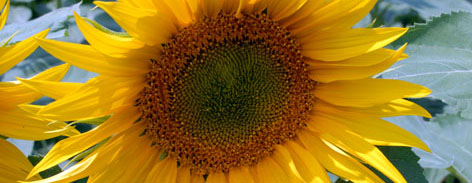laval
department: mayenne (53)
region: pays-de-la-loire
Along the broad sweep of the gently flowing Mayenne, which gives the département its name, the town of Laval is largely overlooked by tourists; which is a pity. Its riverside setting, its history and association with two of France’s most influential ‘artists’ gives it a special intrigue.
It lies south-west of Paris, east of the much larger city of Rennes, and for many visitors is simply a stop-over on the way to somewhere else. Yet the town is both beautiful and celebrated, with a fine medieval centre of steep and narrow cobbled streets flanked by half-timbered houses (colombages) that seem to lean on one another in lifelong repose and companionship.
Founded around the end of the first millennium, Laval has long been an important gateway at the crossroads between Normandy, Brittany, Anjou and Maine, and, as a result has a prized architectural heritage that has earned it the sobriquet ‘Town of Art and History’.
There are two fine chateaux overlooking the river. The more modern is undergoing conversion to a school for music and dance, while the older, a sturdy and magnificent building dating from the 11th century, houses a collection of artwork, including paintings by Henri Rousseau (1844-1910).
Rousseau, the founder of the art naïf movement, and most famous for his simplistic paintings of wild animals in jungle settings, was born in Laval, in what is today the last surviving of five ancient gateways into the old town. What makes Rousseau’s paintings so fascinating, and not a little ironic, is that he never saw the exotic animals he portrayed in their natural settings, and drew all his images from the published works of nature travellers and writers.
In the elevated and terraced park ‘La Perrine’, a boat, many metres above the river below seems out-of-place, until you realise that this is a replica of the ‘Firecrest’, a boat in which the French yachtsman, Alain Gerbault, became the first person to sail single-handedly around the world in 1929. The park also contains the tomb of Rousseau, tucked away in a quiet corner.
Alfred Jarry
Laval was also the birthplace of Alfred Jarry (1873-1907), a playwright renowned today largely for his creation of the stylised figure of King Ubu (Ubu Roi), a parody of Shakespear’s Macbeth. Jarry was the forerunner of the ‘Theatre of the Absurd’ and of what he called pataphysique, the ‘science of imaginary solutions’. This branch of surrealism found homage in the most unlikely of places, not least in Paul McCartney’s song Maxwell’s Silver Hammer. Not surprisingly, when Ubu Roi was first performed, with marionettes, it caused a riot; the coarseness of the language and anarchistic overtones were too much for the perplexed audience. Today, Jarry is celebrated, and in 2007 Laval is the focus of ‘The Year of Jarry’, featuring a series of performances of his plays and other works.
The place of Jarry’s birth still exists, but today it is a private residence and not open to the public. But the tall, slender house in which he was given the Last Rites – even though he was subsequently taken to Paris, where he soon died of tuberculosis – now gazes across the ancient streets to an ultra-modern assembly hall and conference centre, directly opposite a grand old building which the local maire is hoping will become an internationally famous fine arts museum.
Physically, Jarry was a midget but had a huge presence, and a sense of the bizarre that prompted him to have each floor of his apartment divided horizontally to create twice as many floors. Until his death he was frequently seen walking the streets with a green umbrella – the Ubu symbol of middle-class power – dressed in cyclist’s garb and carrying two pistols. Unknown to virtually the rest of the world, Jarry is celebrated in Laval, not least in a statue by Zadkine in the place Hardy de Lévaré, which portrays Jarry on his bicycle, composing a play. This local man, whose tragic fondness for absinthe precipitated his end, is a bizarre and mystical character.
Henri Rousseau on the other hand is well remembered, and was nicknamed ‘Le Douanier’ by Jarry, in response to Rousseau’s occupation as a form of customs officer along the rivers of France. The old chateau contains a reconstruction of his artist’s studio, along with a number of Rousseau’s works on loan from worldwide galleries.
SEARCH THIS WEBSITE

TOURIST INFORMATION
1, Allée du Vieux St-Louis
53000 LAVAL
Tel: 02 43 49 46 46
www.laval-tourisme.com
